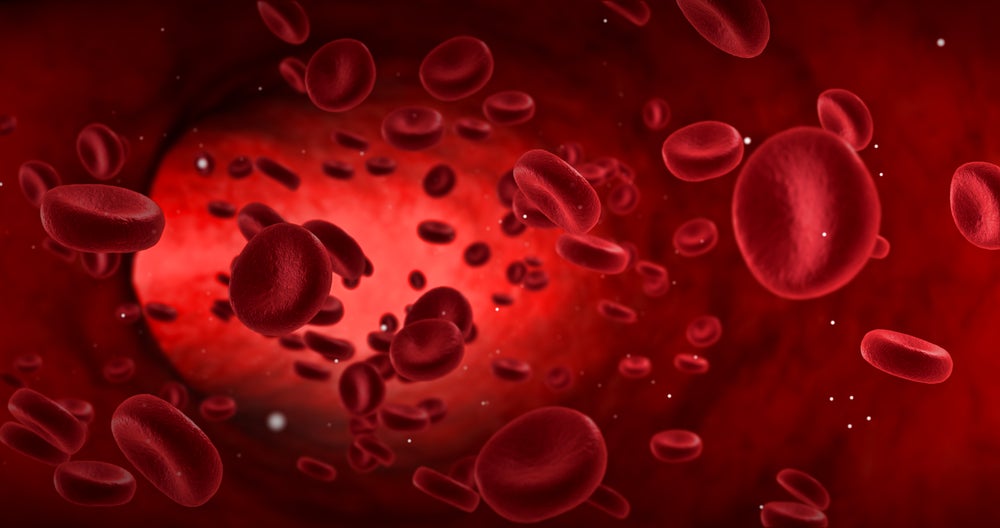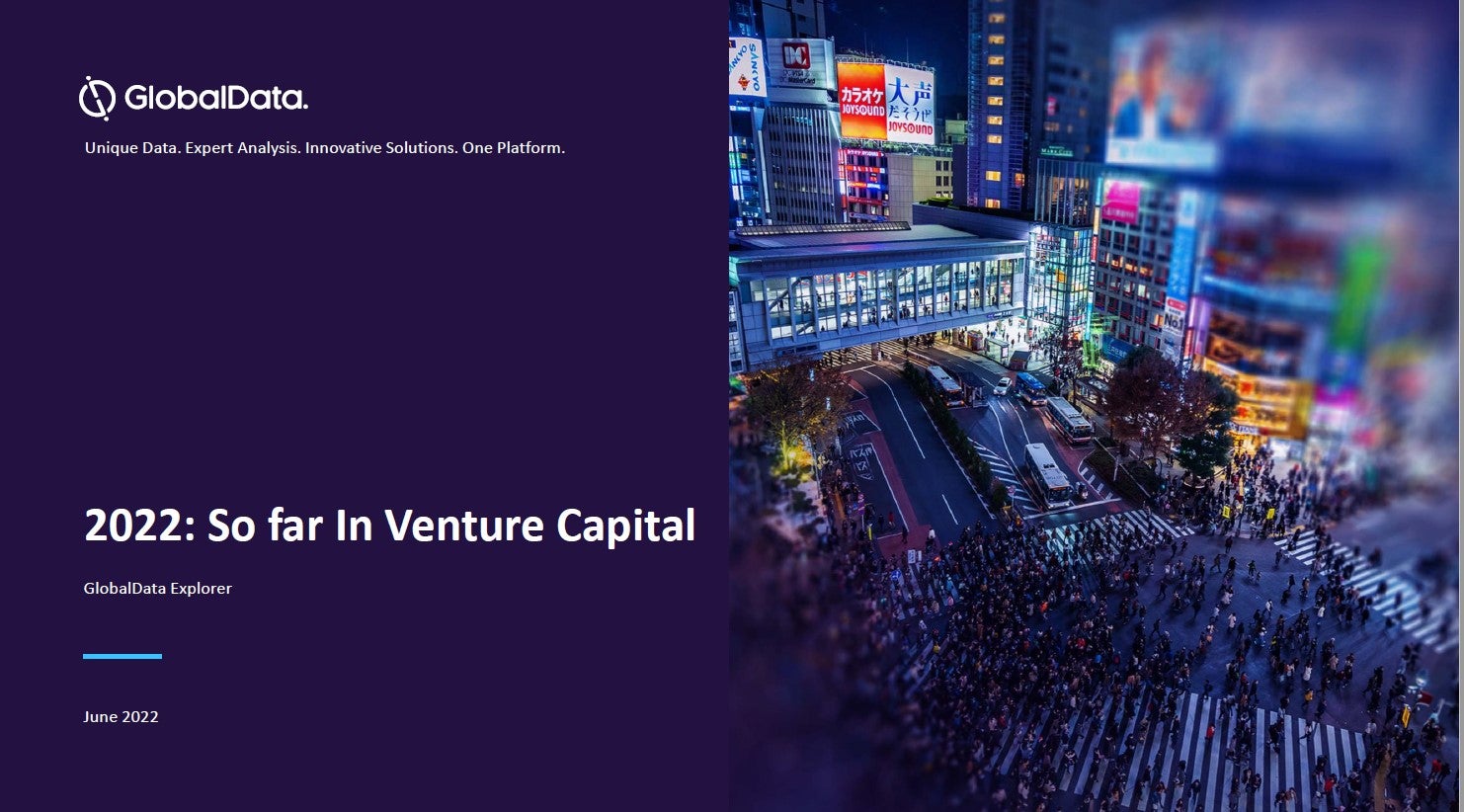
Human tissue bioengineering biotech Humacyte has entered into a business combination agreement with special purpose acquisition company (SPAC) Alpha Healthcare Acquisition Corp (AHAC).
The deal allows Humacyte to become a public company listed on the Nasdaq, with access to up to $100m in AHAC’s trust account.
How well do you really know your competitors?
Access the most comprehensive Company Profiles on the market, powered by GlobalData. Save hours of research. Gain competitive edge.

Thank you!
Your download email will arrive shortly
Not ready to buy yet? Download a free sample
We are confident about the unique quality of our Company Profiles. However, we want you to make the most beneficial decision for your business, so we offer a free sample that you can download by submitting the below form
By GlobalDataIn addition to the $100m in funding from the transaction, investors have participated in a $175m Private Investment in Public Equity (PIPE) investment at $10 per share into Humacyte. PIPE investors included OrbiMed, Alexandria Venture Investments and Fresenius Medical Care, a global renal disease healthcare provider already working in partnership with Humacyte.
As a result of the deal, Humacyte has been valued at $800m and is expected to have a market capitalisation of $1.1bn.
The transaction has been approved by both AHAC and Humacyte’s boards, but still requires approval from both companies’ shareholders. Humacyte expects the deal to close in the second quarter of 2021.
Based in North Carolina, US, Humacyte specialises in developing off-the-shelf implantable bioengineered human tissue. It has developed human acellular vessels (HAVs) that support the repair, reconstruction and replacement of blood vessels across multiple indications.
These HAVs are universally implantable, highly resistant to infection and do not rely on donor tissue and related immunogenicity challenges, as well as being regenerative and self-healing. They are particularly useful to support haemodialysis for renal diseases, peripheral arterial disease and vascular trauma without the need for immunosuppressive drugs.
Humacyte is now producing other bioengineered products using the same platform to develop new products to tackle other conditions, including coronary artery bypass surgery and type 1 diabetes.
The company’s CEO Dr Laura Niklason, who will remain in her position following the closure of the transaction, said: “Humacyte is a global leader in developing bioengineered tissues for use in regenerative medicine.
“Our innovative platform has the potential to support tissue repair, reconstruction and replacement without the limitations of existing standards of care.
“We are very pleased to have support from top-tier investors, and access to the US capital markets following the closing of this proposed transaction, which will leave Humacyte well-capitalised to provide first-in-class therapies to treat several life-threatening diseases.”
AHAC chairman and CEO Said Rejiv Shukla made it clear that Humacyte’s platform was central to the SPAC’s interest in the transaction. Fierce Biotech reported that AHAC looked at 95 other biotechs before choosing Humacyte.
Shukla said: “Humacyte’s innovative biotechnology platform is aimed at solving intractable medical problems for (1) Patients: potential for lower risk of amputation and tissue rejection, elimination of waiting times, and reduced need for immunosuppression and additional surgeries; (2) Physicians: potential for better clinical outcomes and ease of use; (3) Payors: potential cost savings by avoiding amputations and infections, additional surgeries, medication and re-hospitalisations.”
Humacyte decided on the SPAC route to go public, rather than the standard initial public offering (IPO) approach, because the process allows more time to focus on selling its technology to investors.
Niklason told Fierce Biotech: “Because of that differentiated story, we do well when we can talk to investors and explain to them the technology and its potential.
“If we consider the current era with an IPO roadshow that lasts two, three, four, five days where we get one 45-minute meeting with each investor, it really doesn’t do the technology and the company justice.”



